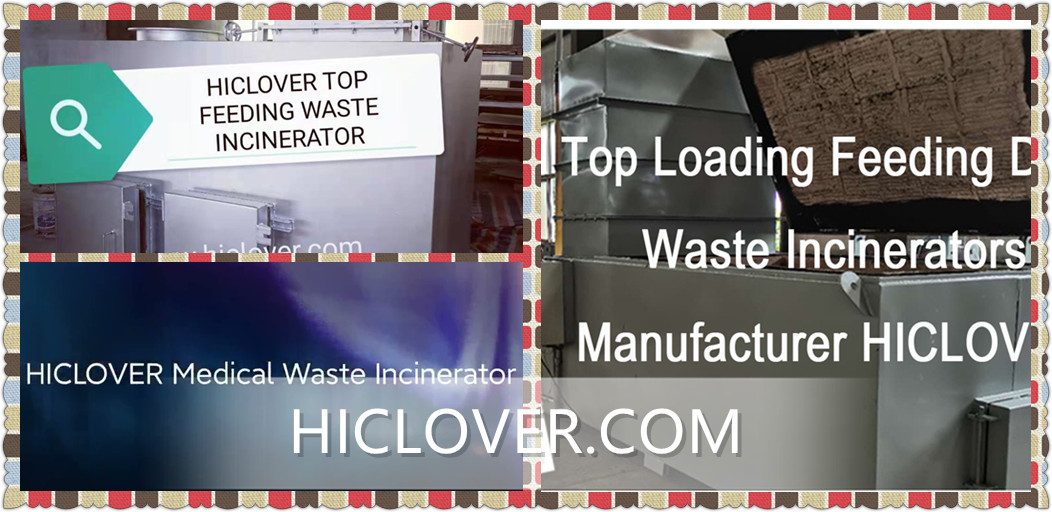Title: Implementing Effective Biomedical Waste Management Protocols: Expert Insights
Slide 1: Introduction
– Biomedical waste management is a critical aspect of healthcare operations
– Proper disposal of biomedical waste is essential for public health and environmental safety
Slide 2: Understanding Biomedical Waste
– Biomedical waste refers to any waste generated during healthcare activities that could be potentially infectious
– Examples of biomedical waste include needles, syringes, blood products, human tissues, and microbiological waste
Slide 3: Regulatory Compliance
– Healthcare facilities must comply with federal and state regulations for the handling, storage, and disposal of biomedical waste
– Failure to comply with these regulations can result in fines and other penalties
Slide 4: Segregation and Packaging
– Proper segregation of biomedical waste is essential to prevent contamination and ensure safe disposal
– Waste should be segregated at the point of generation and placed in leak-proof, puncture-resistant containers
Slide 5: Storage and Transportation
– Biomedical waste should be stored in designated areas that are secure and inaccessible to unauthorized individuals
– Transportation of biomedical waste should be conducted by licensed waste management companies following strict protocols
Slide 6: Treatment and Disposal
– Biomedical waste must be treated before disposal to inactivate any potentially infectious materials
– Treatment methods may include incineration, autoclaving, or chemical disinfection
Slide 7: Staff Training and Education
– All healthcare staff should receive training on proper biomedical waste management protocols
– Education is essential to ensure compliance and minimize the risk of exposure to infectious materials
Slide 8: Monitoring and Auditing
– Regular monitoring and auditing of biomedical waste management protocols are necessary to identify any gaps or deficiencies
– Corrective actions should be implemented to address any issues identified during audits
Slide 9: Best Practices and Recommendations
– Implement a comprehensive biomedical waste management plan that addresses all aspects of waste handling, storage, and disposal
– Regularly review and update waste management protocols to ensure compliance with changing regulations and best practices
Slide 10: Conclusion
– Effective biomedical waste management is essential for public health and environmental safety
– By implementing proper protocols and training, healthcare facilities can minimize their impact on the environment and protect the health and safety of their staff and the community.



